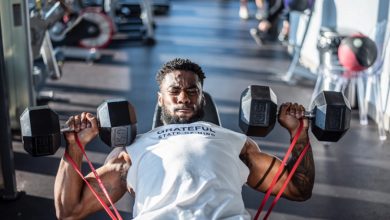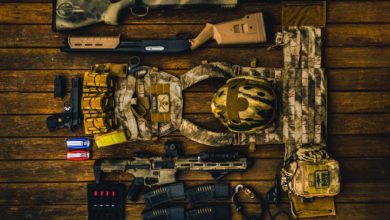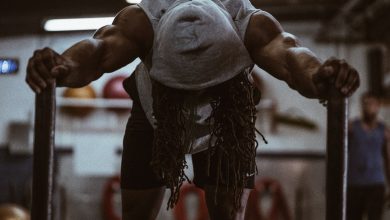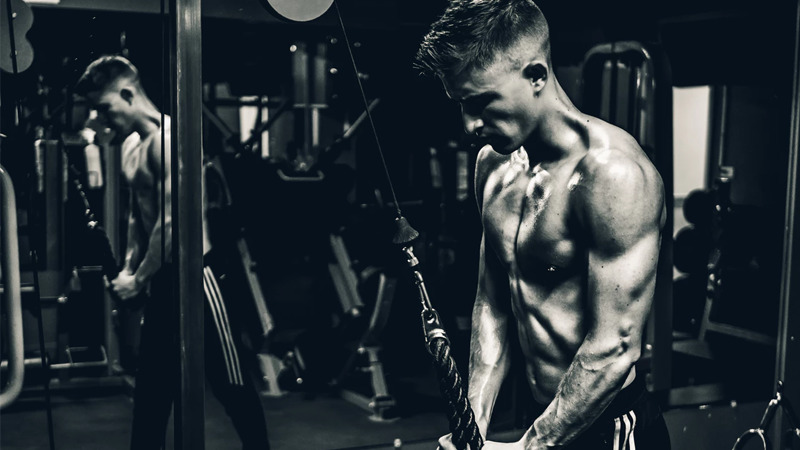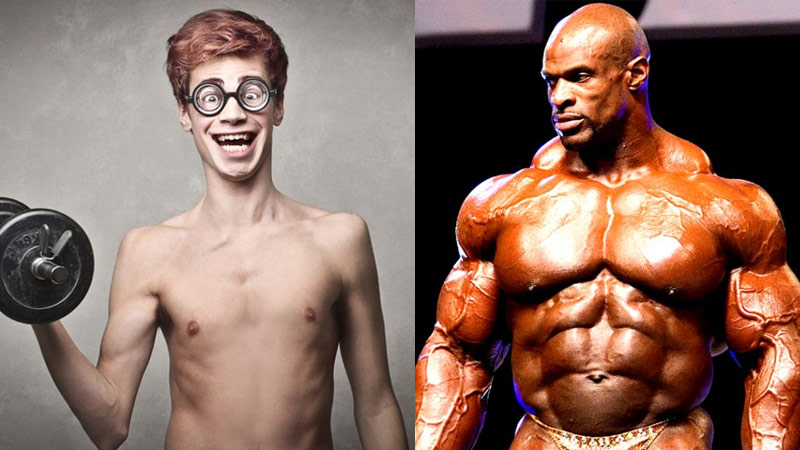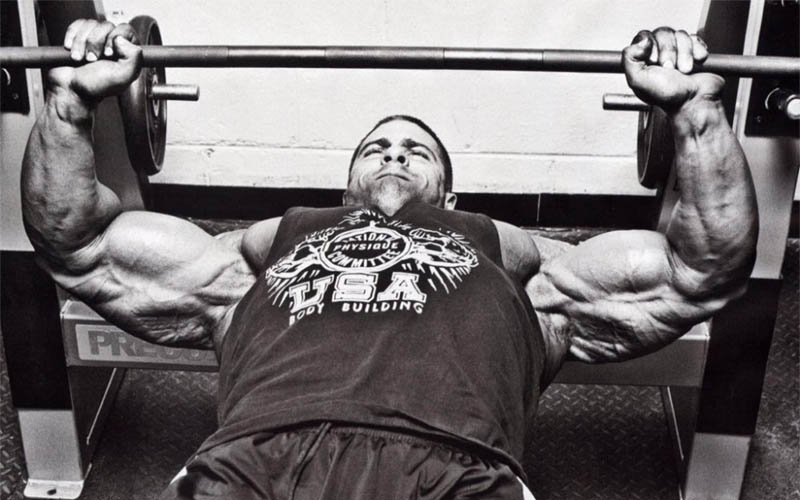
Every now and again you’ll come across a jewel of a workout program on the internet, and you’ll remember that program for many years after. Go on, try to think of the workout program that stood out to you the most.
Mine was Dorian Yates’ Blood and Guts routine. Admittedly, I didn’t perform the reps as Yates had explained you should but despite my lack of “effort,” I still added a couple pounds of muscle by the end of those six weeks.
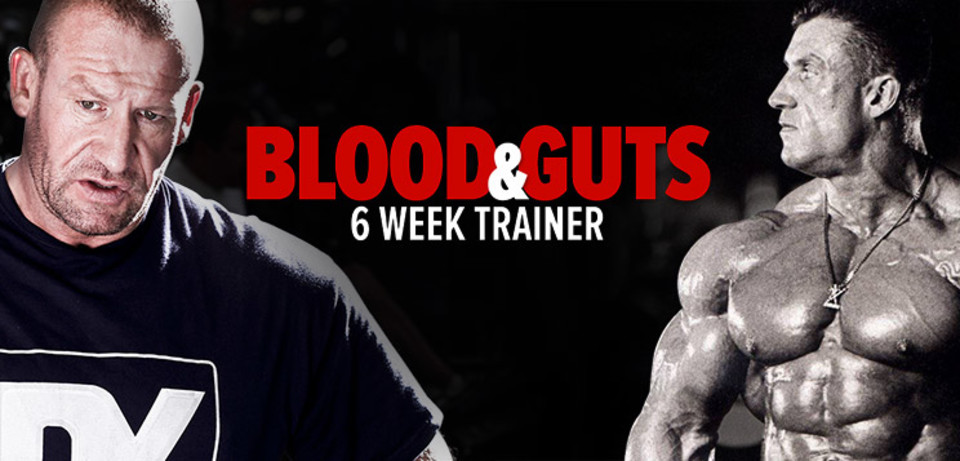
The goal for today is to provide you with an upper body workout that you’ll be able to remember a few years from now. And to remember it for all the good reasons, which are gains. Would you need a better reason?
The Basics of Every Workout
For any workout to be considered successful, it needs to test the trainee’s capabilities whilst not overdoing it.
What I mean is that a workout should push your body to the point where it needs to adapt to overcome the stress levels that you’re placing it under. This is called progressive overload.
There’s no point for an individual who has just started doing morning jogs to enter a full marathon a week later because he wants to push himself. He’ll probably just end up dying from his lack of fitness and own stupidity.
Progressive overload is crucial for the success of any workout plan, unless the goal of a certain workout plan is to make you bust all kinds of sweats, which if you’re on such a workout plan, stop it. You’re supposed to make gains, not rain.
Other basic elements of a successful workout plan are compound movements and the intensity factor such as things like intensity techniques.
Compound Movements
Compound movements are also referred to as multi-joint exercises. In case you didn’t know, barbell bicep curls are not a compound movement.
To make sure that you know what it is, a compound exercise is an exercise that moves several joints while performing the exercise. Now, by that definition, some people turn the barbell curl into a compound movement because they don’t practice strict form when lift.
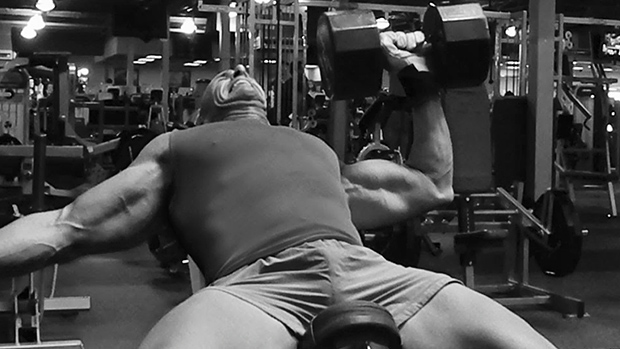
To illustrate, when performing a barbell curl, the only joint that is supposed to be moving is the elbow joint — not your hips or shoulders, unless you’re doing cheat curls because you absolutely cannot do anymore strict curls.
Exercises that only call on one joint to move the weight, are called single-joint or isolation exercises.
A compound exercise calls upon more than two joints to leverage the weight. Take the squat, for example. While squatting, you’re using your ankles, knees, and hips. That’s a multi-joint (compound) exercise.
Compound exercises need to be in a training program if adding pure muscle mass and strength is the goal.
In this upper body workout, we’ll be utilizing a few compound exercises.
Intensity Techniques
What would a training program be without any intensity techniques? Not so effective.
Intensity techniques are exactly what the name implies. It’s a selection of intensity techniques to intensify your your workout program.
Now, we don’t just use them for the sake of simply making our workout more intense, no. Intensity techniques are part of overloading the muscle to force it to grow. Don’t let the name fool you, this can sometimes feel like fiery rain storm is coming down upon your muscles.
Here are a few intensity techniques to keep in mind:
- Dropset (DS) — When you immediately switch to a lighter weight after completing your set in order to do a few extra reps that you were unable to perform with the weight that you dropped.
- Superset (SS) — Two exercises that are performed in succession of one another. For example, if you’re doing a set of bicep curls, you immediately jump to pressdowns following the completion of your set of bicep curls.
- Triple Dropset (TDS) — This exactly the same as the normal dropset except on this one, you drop the weight again to perform more reps.
- Paused Reps (PR) — These are pretty gnarly. As the name implies, paused reps are when you stop in your tracks during a specific part of the movement. If you’re doing these on bench presses, you’ll pause an inch or two above your chest. The pause should be longer than a second.
- 21’s — These are a spectacular bicep builder. This can also be used with other exercises but you’ll find that they work best with biceps.
21’s are a three-part movement. The first movement starts like a normal curl but you stop halfway through. The second movement starts halfway through and ends like a normal curl should. The third movement is a full curl.
Each movement should be seven reps, totaling at 21 reps, hence its name.
The Upper Body Workout
The upper body workout will be split into two different days. You may perform them just how you like but be sure to separate them three days apart from each other.
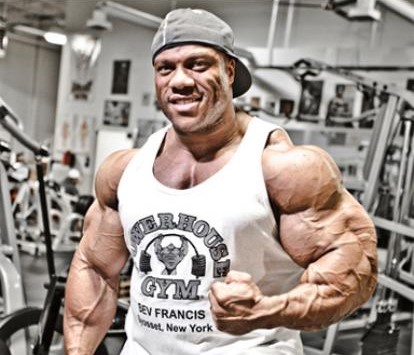
Workout A
Superset
- Dumbbell Chest Press — 4 sets, 8 reps (PR last set)
- Reverse Push-ups — 4 sets, 10 reps (PR last two sets)
Superset
- Cable Flyes — 4 sets, 12 reps (DS last two sets)
- Bent-over Double DB Row — 4 sets, 8 reps
Superset
- Incline DB Press — 3 sets, 12 reps
- Dumbbell Pullover — 3 sets, 15 reps
Workout B
Superset
- Kettlebell Shoulder Press — 4 sets, 10 reps (DS last set)
- Side DB Raises — 4 sets, 10 reps (PR last set)
Superset
- Upright Row — 3 sets, 12 reps (PR last two sets)
- Front BB Raise — 3 sets, 10 reps (DS last set)
Superset
- High Pulley Curls — 4 sets, 12 reps (TDS last two sets)
- Pressdowns — 4 sets, 12 reps (TDS last two sets)
Superset
- Close Grip BB Curls — 3 sets, 21’s
- DB Skull Crushers — 3 sets, 15 reps (DS every set)
Conclusion
The workouts are broken into two because performing all the exercises in one day would be insane.
We don’t recommend any gym newbies perform this workout just yet. This is for the person who is in dire need of breaking through a plateau that they might be stuck in.
However, don’t always rely on a new training program to get you out of that plateau — check your diet and get your rest too.
One last thing, don’t perform this workout for more than 6 weeks at a time. You should allow your body to rest too.
We hope that this upper body workout program works for you.


